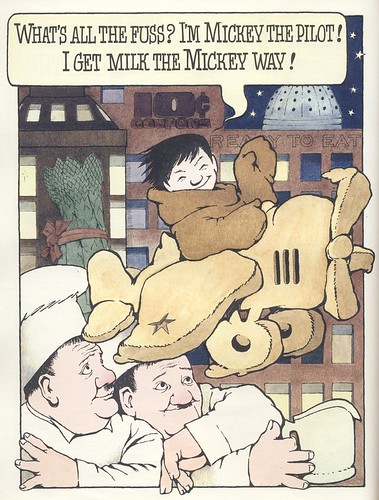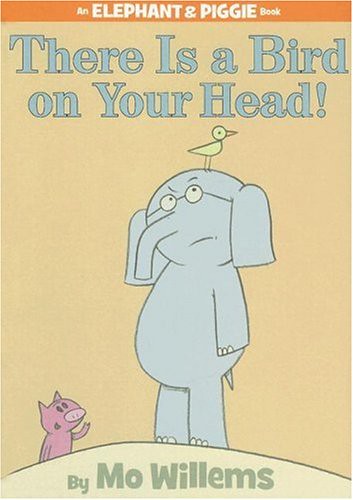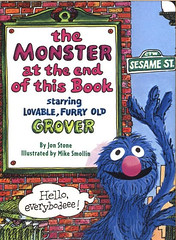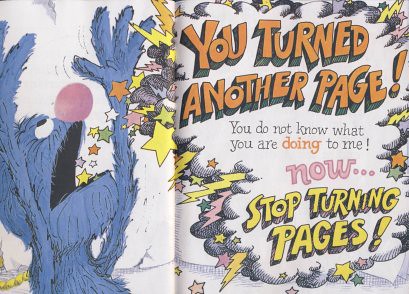 Toon Books Official Site
Toon Books Official SiteJeff Smith + Toon Books = Inevitable
Here we have the first instructional book from Toon Books. The lesson: how to dress yourself if you're a mouse. Little Mouse is eager to visit the barn. His mother tells him to "get ready" and he can go play, thusly the rich plot unfolds. It's to Smith's credit that he makes buttoning a shirt an engaging action. This is hard work for a little mouse, but our hero is up to the task. He carefully recites aloud what he needs to do as he pulls on his pants and buttons that troublesome shirt (Sign O the times - this is the first children's book I've seen that shows kids how to fasten their sneakers, not tie them). As he dresses, his monologue is punctuated by excited speculation over what fun awaits in the barn. Fully clothed with a shirt, pants and sneakers he proudly tells his momma he's ready to go. But wait - Shyamalan plot twist! Momma delivers the punchline, "Mice don't wear clothes!" Little Mouse flies into the air, throwing off every shred of clothing at once and runs nekkid to the barn. This little bit of slapstick gets the biggest laugh out of my four year old.
The story is sweet and expertly drawn by Smith, which comes as no surprise. There is one sneaky plot hole I missed, but my little girl noticed it immediately. Her first question was, "But what did his momma mean when she told him to get ready?"
What indeed?
LITTLE MOUSE GETS READY releases September 7, but you can see a preview HERE.
.png)
















